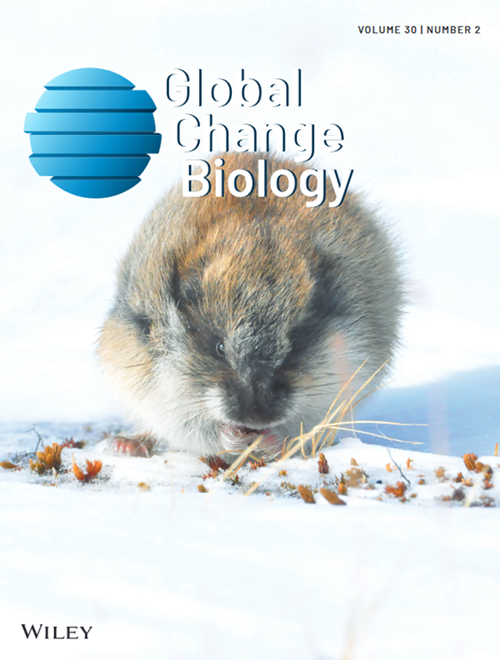Aboveground Productivity Shapes the Active Soil Microbiome Across China
Abstract
Soil microbes are the planet's most abundant, diverse, and functionally vital organisms, yet only a small portion of these microbes actively drive soil processes. While resource availability is known to influence microbial physiological traits under multiple soil processes, how aboveground resource input structures the spatial distribution of the soil active microbiome remains virtually unknown. Here, we report the results from a continental standardized soil sampling at 601 sites across major biomes in China. We measured the proportion of the active microbiome (SAM%) using 5-cyano-2,3-ditolyl tetrazolium chloride (CTC) staining by flow cytometry and simultaneously evaluated their main environmental drivers. On average, < 2% of all microbes constitute the active soil microbiome. Forests supported the most active soil microbiomes (> 2%), while cropland harbored the lowest (< 1%). Aboveground productivity, peaking in tropical warmer and wetter regions, was the major environmental factor explaining variation in the active soil microbiome. Our study suggests that a less productive planet may result in drastic reductions in the active soil microbiome with consequences for supporting ecosystem function and biogeochemical cycles under climate change.


 求助内容:
求助内容: 应助结果提醒方式:
应助结果提醒方式:


